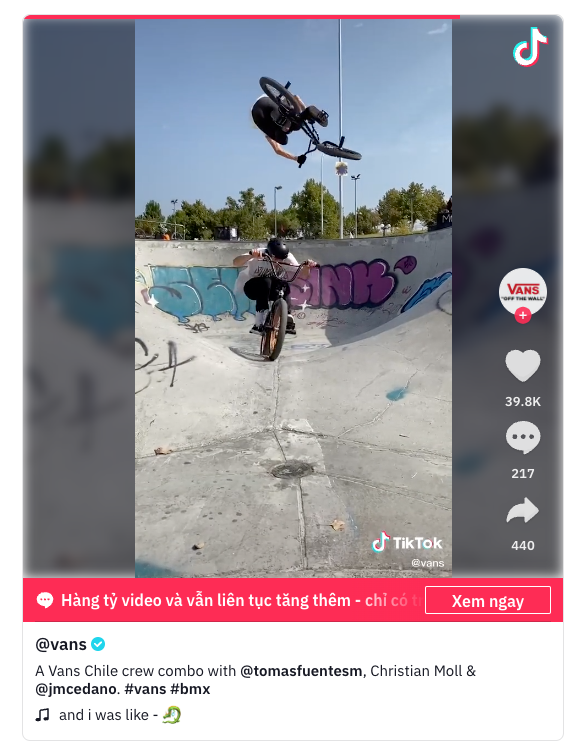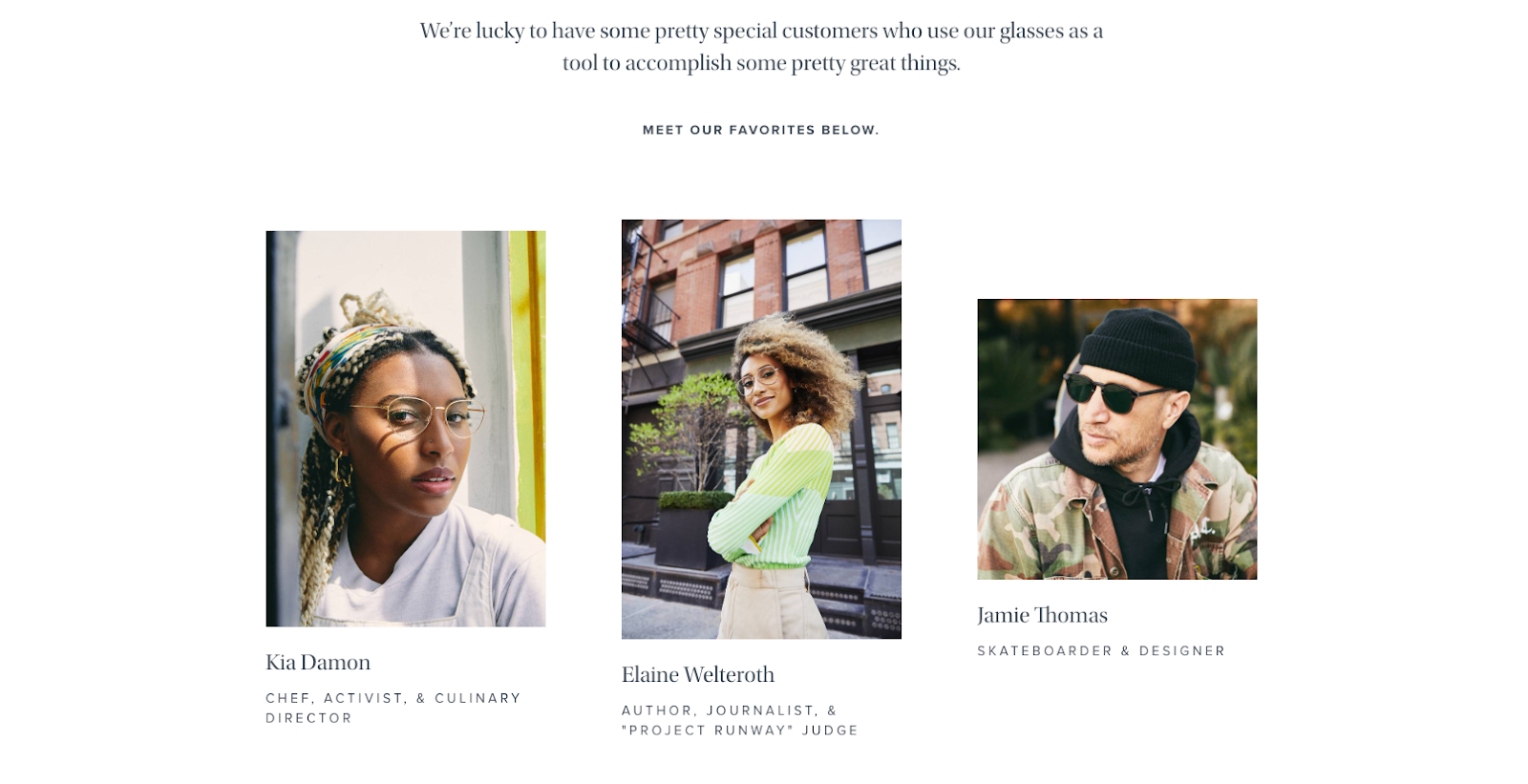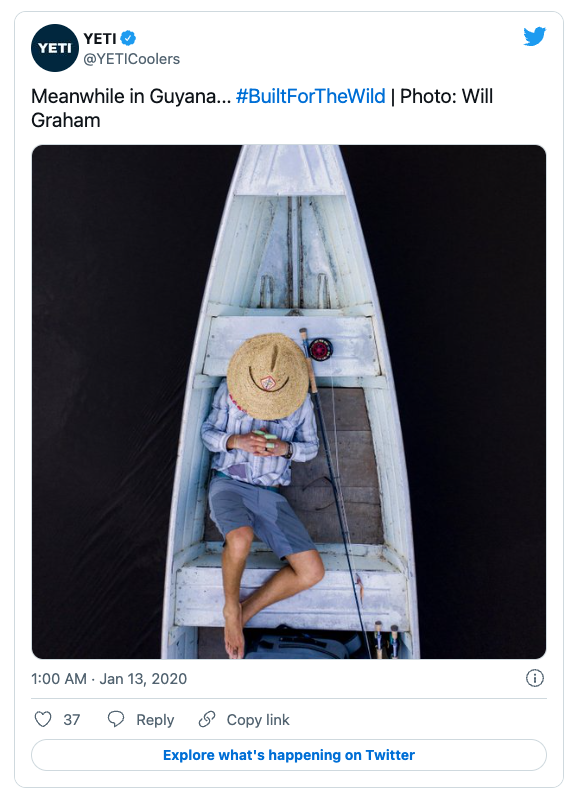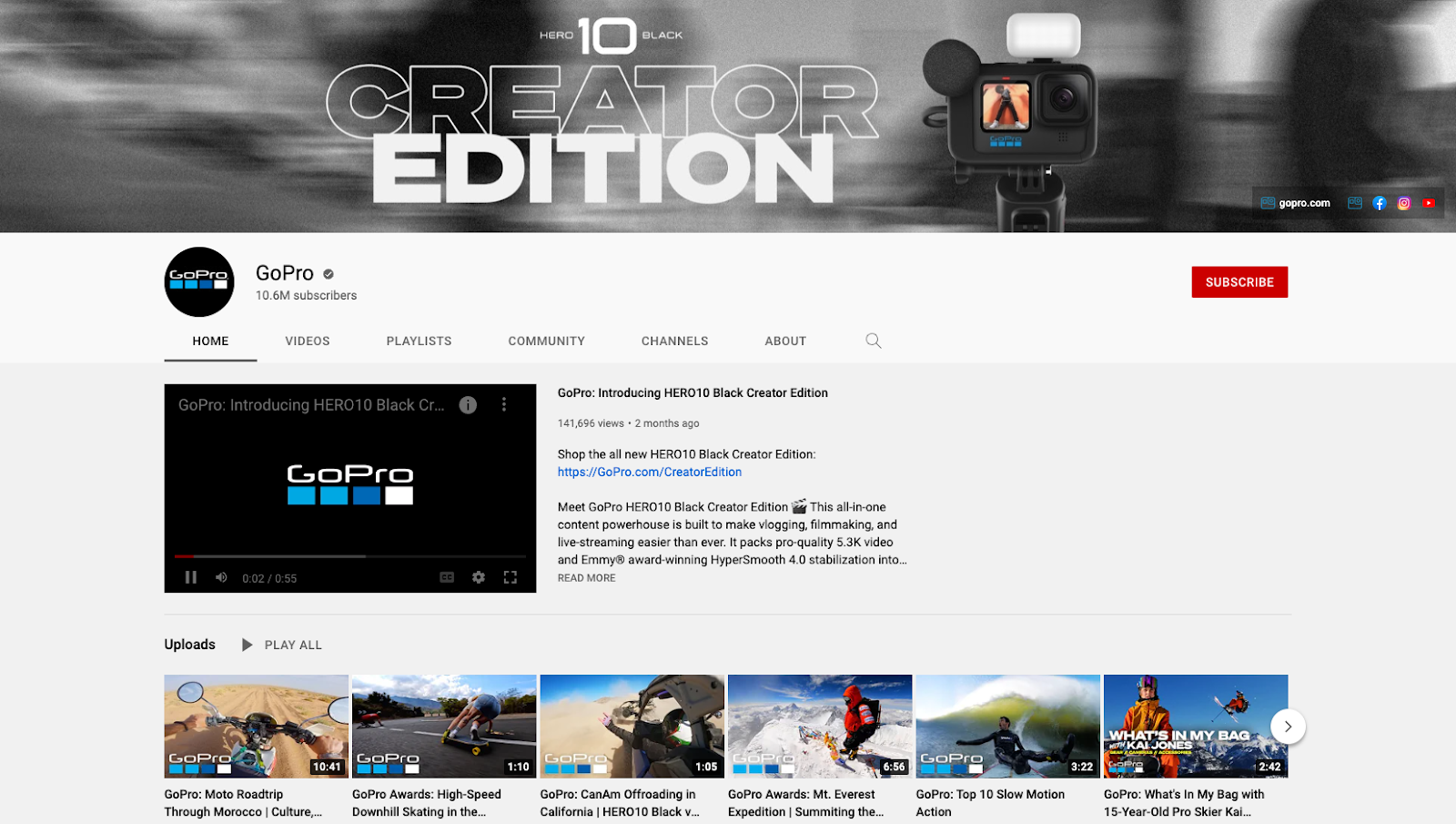How to collect user-generated content better?

Have you seen some Tik Tok videos of someone dancing to a brand challenge like this? It’s probably the most recent example of user-generated content.

If you don’t know what that is, then you’re missing out on a powerful marketing tool on social media. User-generated content can create engagement from both ways - brands connecting with customers while they show off products to get featured and noticed.
Don’t feel like an old man yet just because of that Tik Tok video, there are plenty of ways to use user-generated content for your brands. In this blog post, we will show you how to collect user-generated content, the best ways there are.
What is user-generated content?
User-generated content (also known as UGC or consumer-generated content) is content made by someone who isn't an official representative of your company and is related to your brand. Images, videos, reviews, a testimonial, or even a podcast are all examples of user-generated content.
Simply put, it's user-generated content if it has something to do with your brand but was not made by one of your workers or affiliates.
Here are some sources of user-generated content that you can take a look at:
- Customers: Consider unboxing videos on TikTok or praise-filled Instagram posts. Customers are usually the most prominent demographic from which you'll seek UGC.
- Brand loyalists: Loyalists, supporters, or fans. Your most loyal consumers, whatever you name them, are usually the most excited about your company. This is an ideal audience category to reach out to and request special UGC content.
- Employees: Employee-generated content (EGC) demonstrates the brand's worth and story. For instance, images of employees packing or preparing goods, or a video of your team discussing why they enjoy working for you.
Why should you use user-generated content?
You can use user-generated content across all stages of your buyer’s journey to help increase conversions. The content from your customers can appear on social media, landing pages, websites, etc. and still convey a trustworthy feeling.
Nowadays, firms must strive to be visible online, and the battle for audience attention is severe. As a result, shoppers, particularly the notoriously fickle Gen-Z, are becoming more picky about the businesses with which they interact and purchase.
People eventually trust other people, so think of user-generated content as modern-day word of mouth.
And, with consumers viewing user-generated content as 2.4 times more authentic than material developed by brands, now is the moment to invest in an authenticity-driven social marketing approach.
How to collect user-generated content better?
So, with that in mind, now the question is how can you collect better user-generated content to constantly grow your business? These next methods will be the solutions you need to generate high quality UGC and influence purchasing decisions.
#1. Choose suitable social networks

It's critical to understand not only where your target audience hangs out on social media, but also where potential content has the most power.
Instagram is wonderful for sharing graphics by default, but before you do that, ask yourself (or consult the data) if that's the network that your target audience hangs out.
Selecting a network and creating a social environment that allows you to not only distribute information but also meaningfully communicate with your clients helps you stand out from the crowd and foster long-term partnerships.
Some social networks to consider are Facebook, Twitter, Instagram, Tik Tok, LinkedIn, etc.
#2. Set goals for your user-generated content
To be effective, your UGC plan, like every other component of your content strategy, requires defined goals and rules. The following are some frequent user-generated content goals that marketers can set to match with their overall social media objectives:
- Brand engagement rate: Influencers' content has a tendency to start a conversation. More comments, likes, and mentions directed at your channels indicate success.
- Conversion rate: Make it your priority to increase the conversion rate with reviews, showcases, and social takeovers. After all, sales are important.
- Brand trust rate: Whether you are a new or old business, building credibility is a great goal. Try to track keywords or phrases that your brand is associated with to see you recieve positive or negative feedback.
- Customer questions: You can track common questions about your business on social media. By listening to this, you can measure how your UGC campaign affects these concerns.
- Content creation time: Your UGC campaign should cut down on your time creating social content. If it doesn’t, you should see the final benefits of your campaign.
#3. Run a contest
Running a social media contest is a terrific way to get customers engaged (and, of course, generate more relevant content). To enter, encourage customers to share user-generated content.
As an added tip, have each participant join using your official contest or campaign hashtag. It will not only make keeping track of the entries easier for you, but it will also trigger social proof.
#4. Create relevant hashtags
Use hashtags to increase the amount and quality of user-generated content (UGC). Keep them short, memorable, easy to spell, and most importantly, brand-relevant.
The cosmetics firm Morphe #morphebabes is a great example. At the time of writing, it has 173k Instagram posts. It unites posts, gives context and information, and most importantly, it inspires more users to share their Morphe creations.
#5: Select suitable influencers and creators
Influencer marketing exists somewhere between branded content and user-generated content. Influencers are semi-pro content providers who bridge the gap between studio and user-generated content.
When other users fail to provide high-quality content for brands to employ, influencers can assist in the creation of content that is both aspirational and approachable, giving you the best of both worlds. As a result, influencer marketing is both a social media and a content marketing strategy.
#6: Tell your audience the content you want

How will your audience know to participate in user-generated content if you don't explicitly inform them?
Your customers require adequate guidance, whether you're looking for photographs or client feedback. Be open and honest about your brand's rules and regulations when it comes to user-generated content.
Check your hashtags and standards to make sure there's no space for error or audience misunderstanding. You're giving online trolls a chance to dilute your message if you don't.
Make your brand character and mission as clear as possible. To begin establishing a library of great UGC, don't be hesitant to identify what forms of content best suit your brand.
Examples of user-generated content to learn from
No matter the size of your company, you can learn from these user-generated content campaigns.
Warby Parker

Warby-Parker got a reputation by allowing customers to request five pairs of the company's glasses to try on at home. They could keep and pay for the one they liked most online, while the others could be mailed back.
Trial wearers are encouraged to share images of themselves on social media with the hashtag #warbyhometryon before purchasing. Currently, there are 20,446 Instagram posts showcasing people looking for Warby-Parker frames and giving guidance on how to choose them.
Yeti

There are countless ways that you can encourage UGC - hashtags, social media contests. With a single hashtag, you can create focused interest and guide your customer base to create content inspired by the campaign you made.
Yeti used its #BuiltforTheWild to collect pictures and share people’s nature-loving moments. The lesson here is the specific and inspiring hashtag. Just one look and people can understand what type of image they should send.
GoPro

GoPro helped spark the UGC revolution a few years ago by using customer material into their marketing approach. In 2013, 6,000 GoPro videos were estimated to be uploaded to YouTube every day.
Today, a YouTube search for "GoPro" returns 40,000,000 results. With roughly 5 million members, the brand is not just one of YouTube's most popular, but also one of the marketing industry's UGC pioneers.
The content is so entertaining that you will forget you’re watching an ad.
Conclusion
Collecting high quality user-generated content takes more than just making up a new hashtag. You need them to bring value to your brand.
When done right, you can spread awareness, advertise your service, and boost social proof to ultimately increase sales. How will you incorporate user-generated content for your business?
- Ecommmerce
More insights





